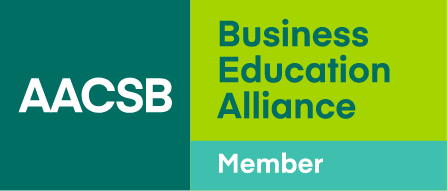Design Thinking: Create Empathy, Elevate Discovery
Transcript
Michael Arena: [0:00] I'm a huge advocate of design thinking. For me, the very first thing that design thinking does, and there are many, but the very first thing it does is it bridges the external environment in an emotional manner unlike any other tool that you can be using.
[0:33] As a business leader, if I can get people out into a different environment, talking to a consumer about something that they need, or something that went wrong at some point in time, they carry that with them emotionally, back into the organization. There's a level of ownership of that customer, and/or potential customers, future customers, that they could never otherwise have.
[0:54] They become an ambassador for the change in demands of the outside world. I think, for me, the very first thing is it elevates discovery, and it creates a degree of empathy with an end user or consumer that nothing else really can. That's not enough. What you also have to do is then become that ambassador for that customer inside the organization.
[1:19] The other second, big component of design thinking that I leverage all the time is the energy associated with wanting to do the right thing for that consumer, and then being an ambassador for change inside of an organization.
[1:32] That can all happen through using this design thinking lens of "Get out, talk to people, dive deep, build stories, collect stories, translate those stories back internally, create something, bring something new into the world, and then become the ambassador, both for that thing, but far more importantly, for that individual consumer."
[1:52] I would love to see business schools practicing design thinking more on themselves and their curriculum than what I've seen up until this point in time. The answer is, I think it matters even more there. Consumers aren't just those folks that are sitting in the chairs or listening on an online webinar. They're not just the corporations, as well.
[2:13] It's society. It's what's happening globally in society, what's happening with communities. If businesses started to think about all their stakeholders as end users, and used this empathy based lens of design thinking to better understand those needs, and maybe just as importantly, to find out what those folks are doing, we would all be better off for that.
Filmed February 2019 at AACSB's Deans Conference in Vancouver, Canada.





